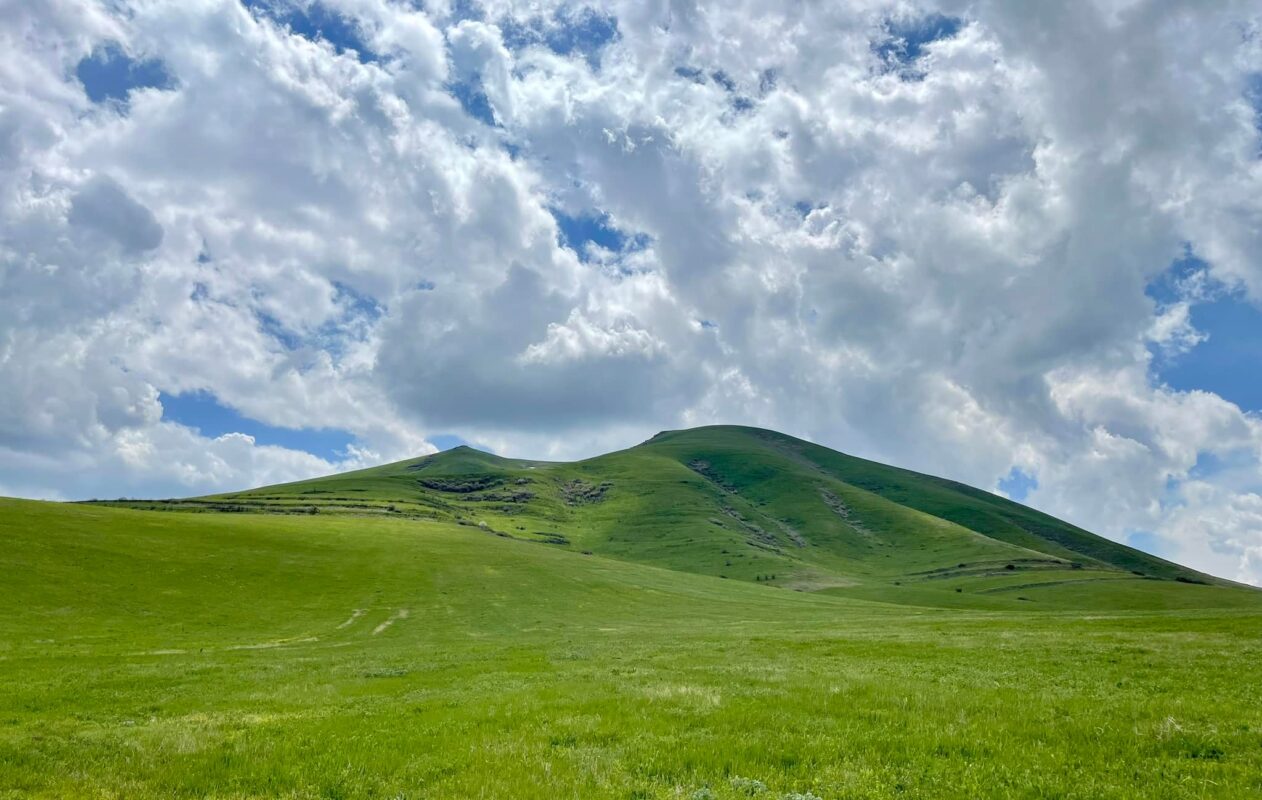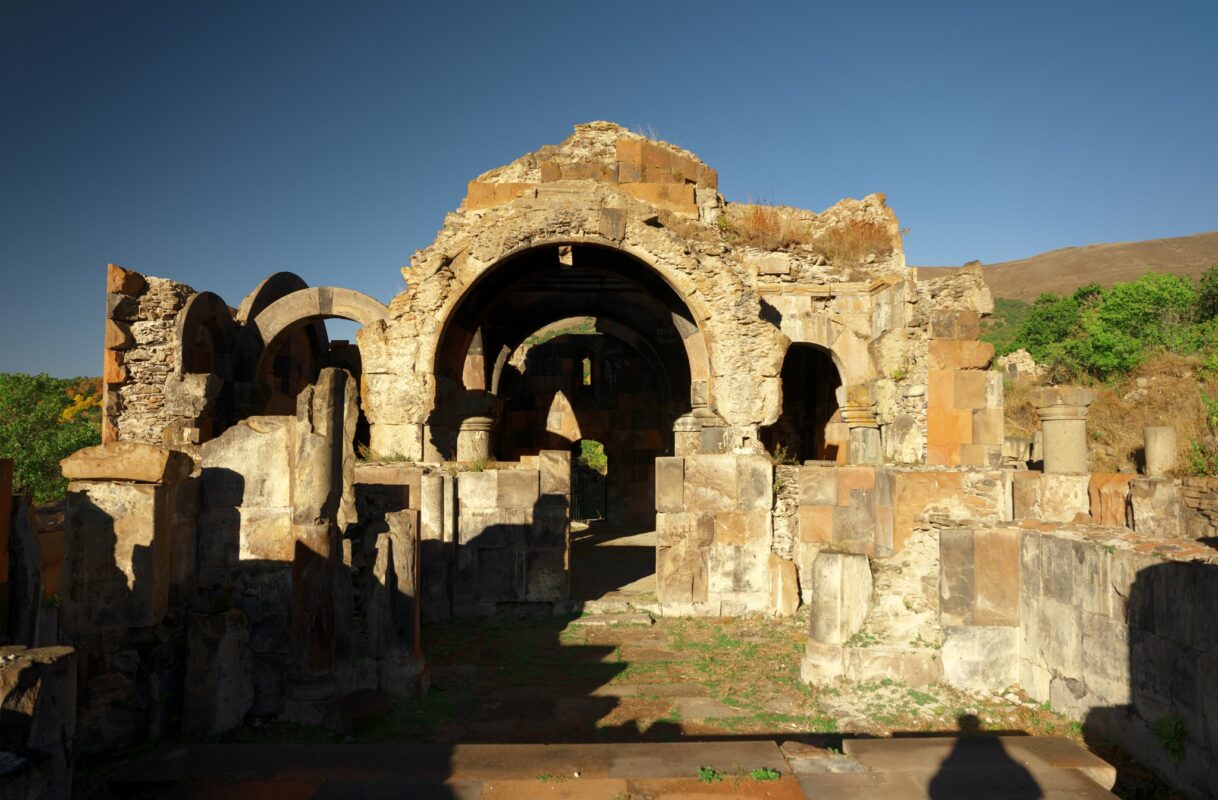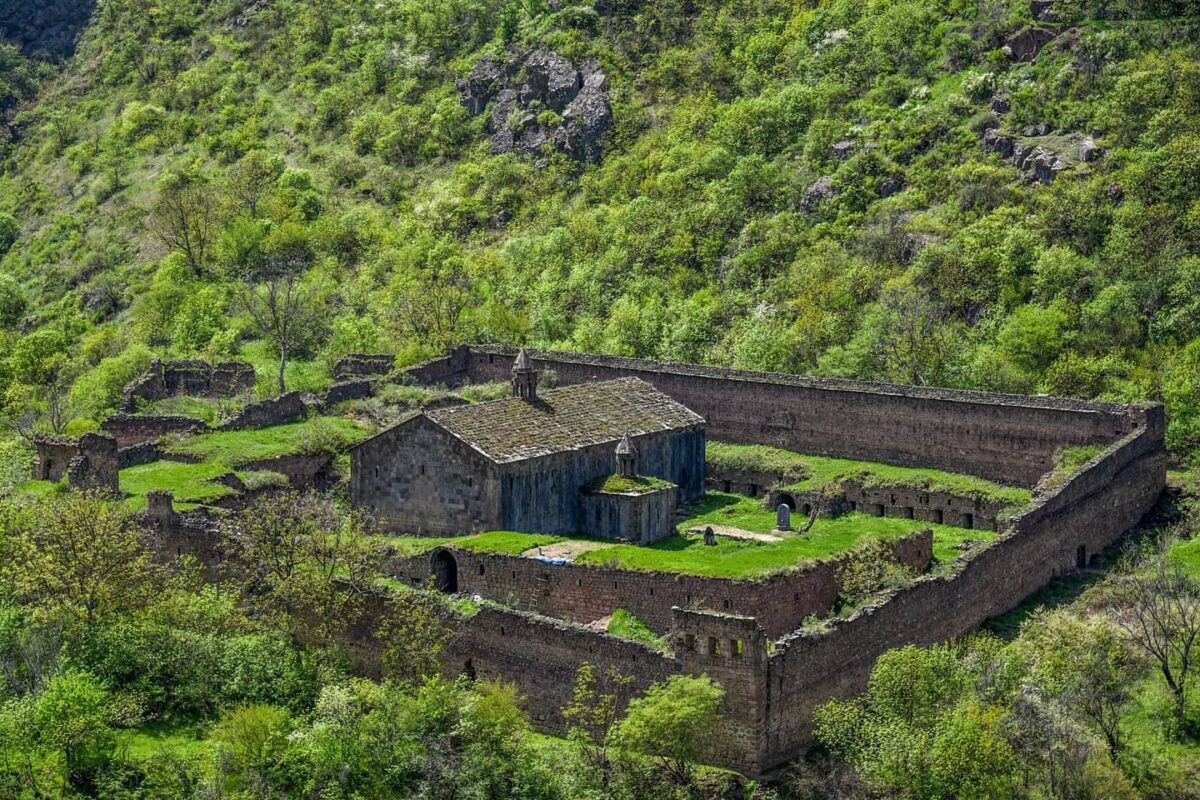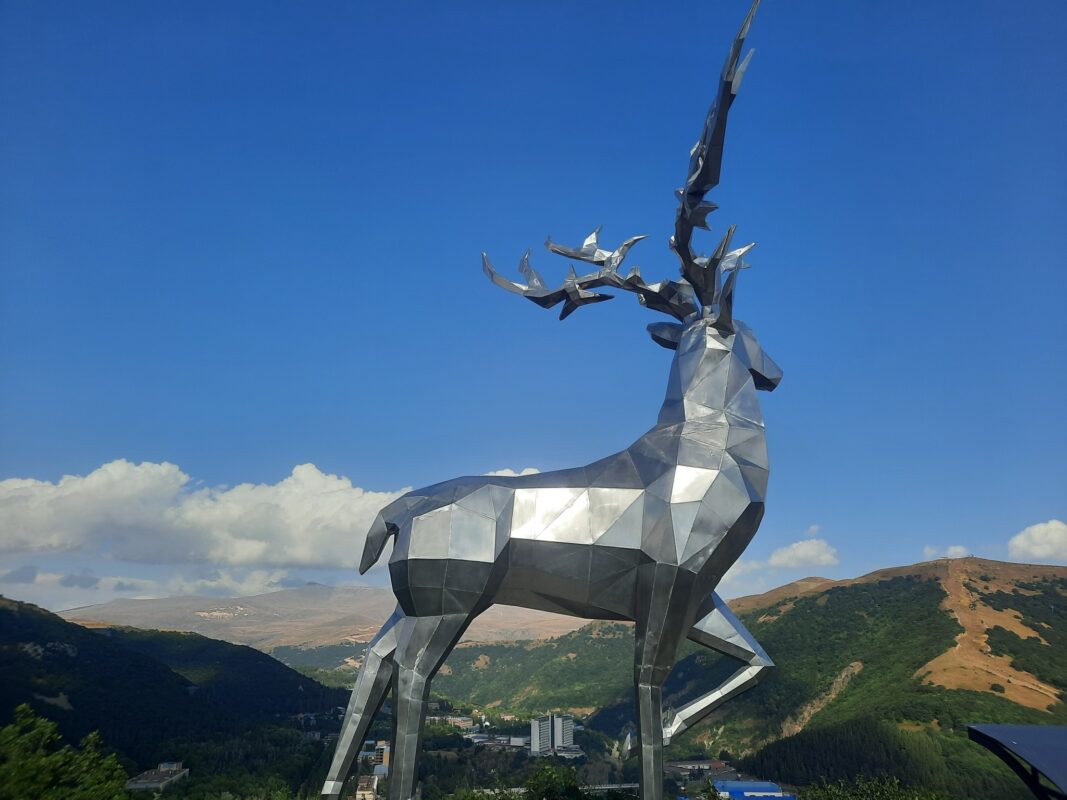Latest Listings
Related Listings
Close To You
St. Hovhannes Church at Mastara
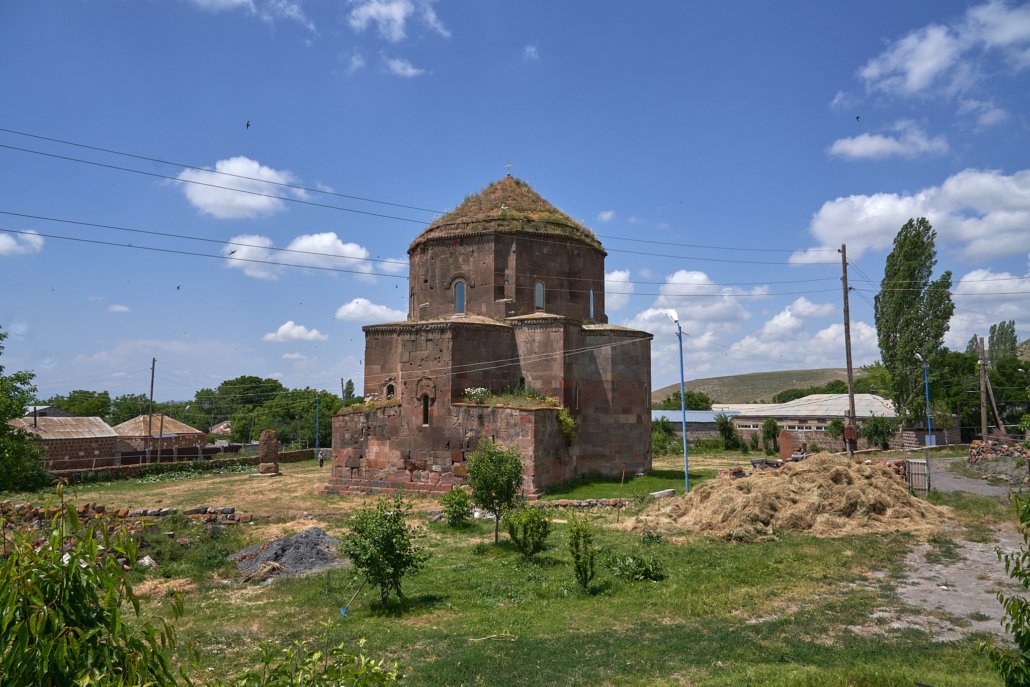
Church
1745 m
Natural
Easy
VISITOR INFORMATION
Access: Center of Mastara village
Coordinates: 40°27'07"N 43°53'02"E
Preservation: Standing
Era and Chronology:
- First Construction Period: 620-630s
- Second Construction Period: 640s
OVERVIEW
The St. Hovhannes Church in Mastara, also known as Katoghike, has been a subject of interest since the 19th century. Researchers such as G. Alishan, G. Hovsepyan, and T. Toramanian have studied and documented the inscriptions and architecture of the church.
ARCHITECTURAL FEATURES
St. Hovhannes Church is a quadrangular structure with a central dome. The prayer hall is quadrangular, and the dome, with its octagonal drum, rises majestically above three tiers of trumpet-shaped elements. Vestries flank the upper tabernacle, and entrances are located in the western and southern shrines.
Constructed initially with large brown and purple stones, the church was later renovated with orange-yellow stones. Eight windows adorn the dome of the church, allowing light to illuminate the interior.
The exterior decoration is restrained, featuring rare Armenian art elements such as sculptured porches, cornices, and window arches adorned with floral and geometric motifs. Decorative arches enhance the western and eastern facades, while dentil cornices add a finishing touch to the exterior.
PRESERVATION AND CONSERVATION
The church underwent significant renovations in the 10th-13th centuries and the 18th century. In 1889, during the renovation, the surrounding walls were demolished, and a wooden lodge was built inside the church. The walls were covered with thick sand plaster, beneath which remnants of frescoes were discovered. In 2017, restoration work was carried out to clean, fix, and restore the murals.
LOCAL LEGENDS AND CULTURAL CONTEXT
According to one legend, when the villagers carried St. Hovhannes' body through the village, they requested a part of him. Receiving his hand, they built the church to house it, naming the village Mastara.
Facilities
Nearby
An ancient Armenian monastery located in the village of Harich, known for its beautiful architecture and scenic surroundings.
A 10th-century Armenian fortress located near the village of Dashtadem, known for its impressive defensive architecture and historical significance.
7th-century Armenian cathedral located in the town of Talin, showcasing impressive ancient Armenian architecture
An early medieval Armenian church located in the village of Aparan, known for its historical importance and well-preserved structure.
A 7th-century Armenian church located in the village of Aruch, notable for its historical and architectural value.

